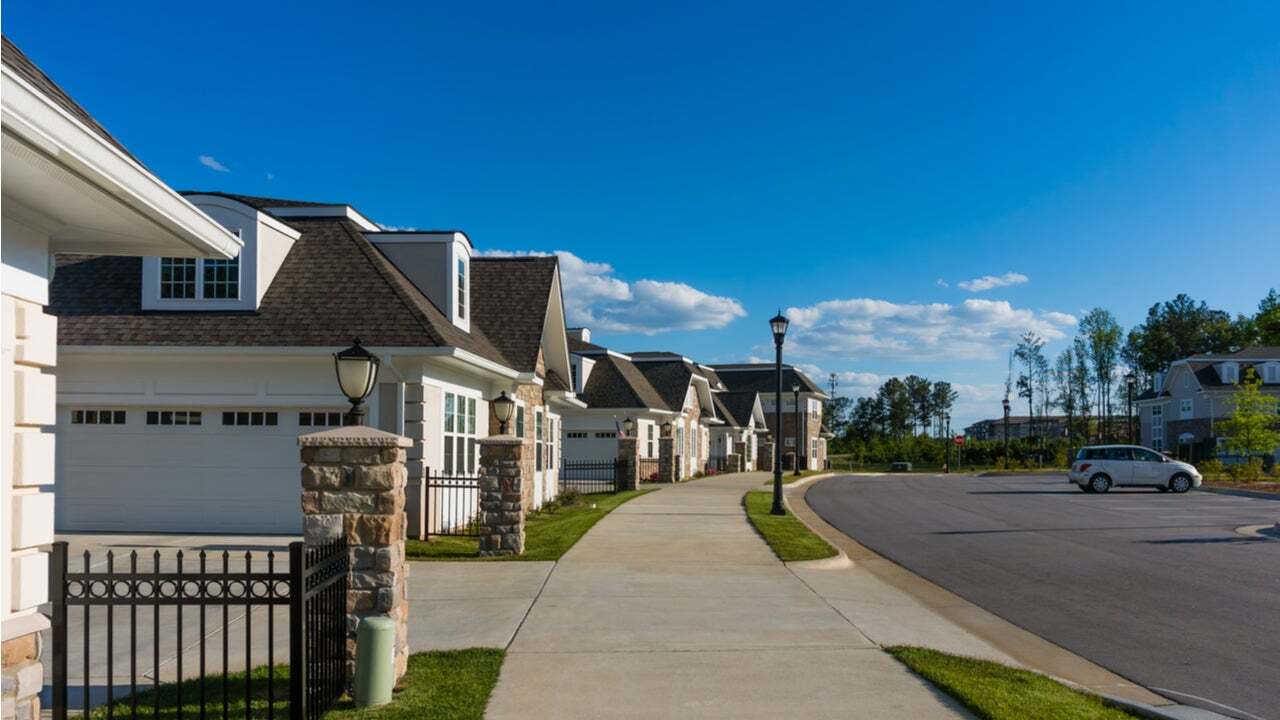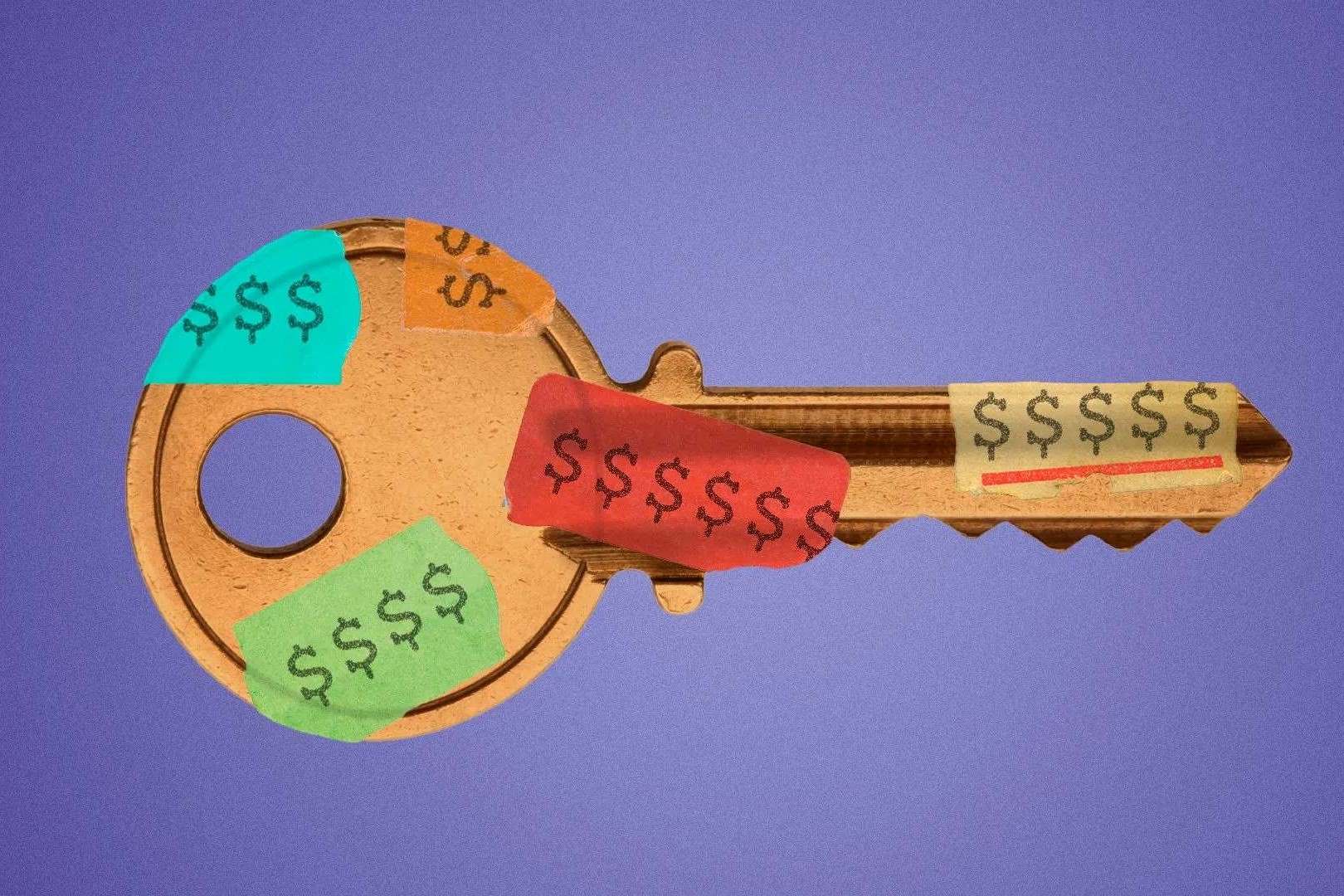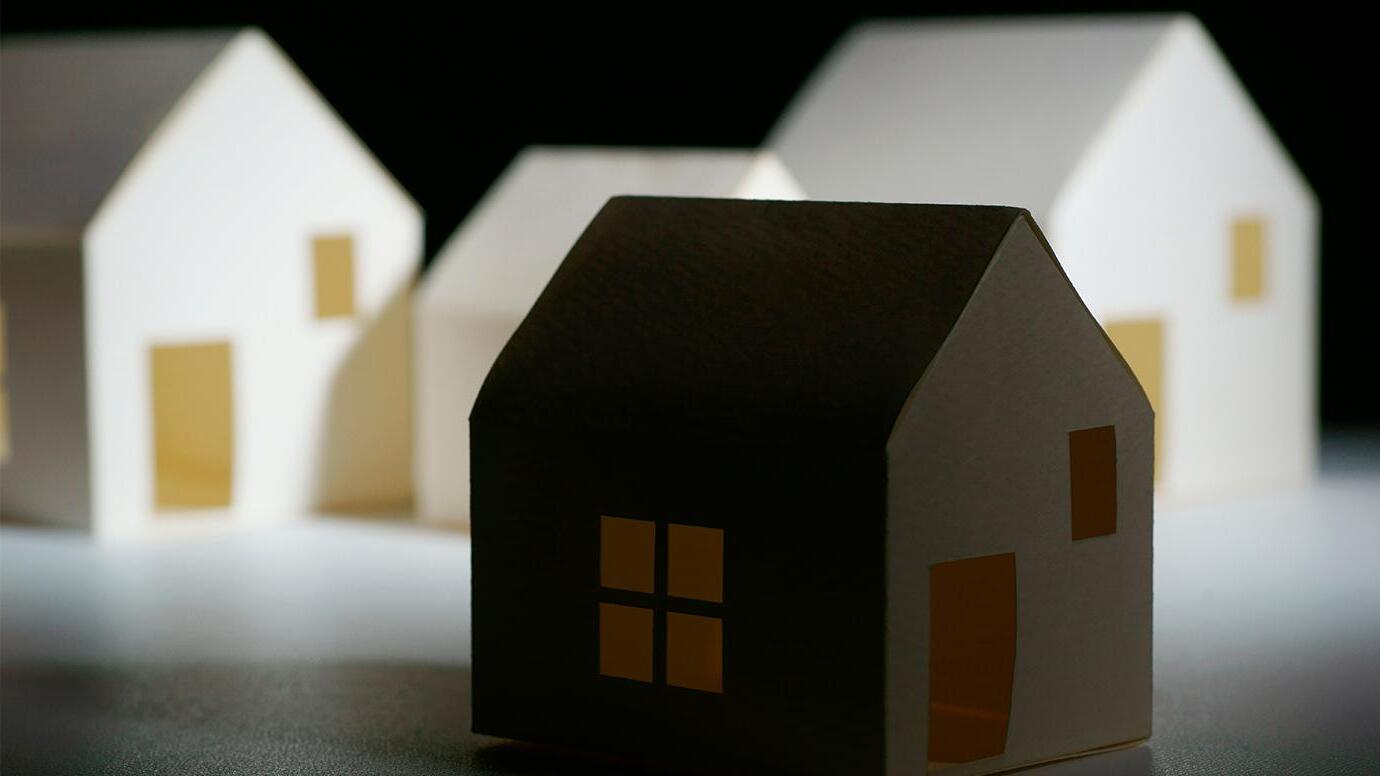Home>Home Maintenance>How Are Home Repair And Maintenance Treated Versus Remodeling Expenses For Taxes


Home Maintenance
How Are Home Repair And Maintenance Treated Versus Remodeling Expenses For Taxes
Modified: March 6, 2024
Learn how home repair and maintenance expenses differ from remodeling costs when it comes to taxes. Understand the implications for your home-maintenance budget.
(Many of the links in this article redirect to a specific reviewed product. Your purchase of these products through affiliate links helps to generate commission for Storables.com, at no extra cost. Learn more)
Introduction
Welcome to our comprehensive guide on how home repair and maintenance expenses are treated versus remodeling expenses for taxes. As a homeowner, it’s important to understand how these expenses can affect your tax obligations. Whether you’re fixing a leaky roof, performing routine maintenance, or undertaking a major remodeling project, it’s essential to navigate the tax implications correctly to minimize your expenses and maximize your savings.
Throughout this article, we’ll dive into the details of home repair and maintenance expenses and remodeling expenses. We’ll discuss how these expenses are treated differently for tax purposes, and we’ll explore the deductibility of each expense category. By the end, you’ll have a clear understanding of how to handle these expenses when it’s time to file your taxes.
So, let’s get started by examining home repair and maintenance expenses.
Key Takeaways:
- Keep up with routine home maintenance to prevent costly repairs. While these expenses aren’t tax-deductible, they’re essential for preserving your property’s value and minimizing future expenses.
- Remodeling projects can potentially offer tax savings if they qualify as capital improvements. Consult a professional to navigate the complexities and maximize your deductions.
Read more: Are Inset Kitchens More Expensive?
Home Repair and Maintenance Expenses
Home repair and maintenance expenses refer to the costs incurred to keep your property in good condition and functioning properly. These expenses are typically associated with routine tasks, such as fixing minor plumbing issues, repairing electrical systems, or maintaining the HVAC system.
Common examples of home repair and maintenance expenses include:
- Fixing leaks or water damage
- Replacing faulty wiring or electrical fixtures
- Repairing or replacing plumbing fixtures
- Performing regular pest control
- Painting walls and ceilings
- Repairing or replacing damaged flooring
- Maintaining the landscaping and lawn
It’s important to note that home repair and maintenance expenses are generally treated as ordinary expenses and are not typically eligible for tax deductions. These costs are considered part of the ongoing care and maintenance of your property, similar to regular cleaning or upkeep.
While you may not be able to benefit from tax deductions for these expenses, it’s crucial to prioritize home repair and maintenance to prevent larger issues down the line. By addressing small repairs promptly, you can avoid costly and extensive repairs in the future.
Now that we’ve covered home repair and maintenance expenses, let’s explore remodeling expenses and how they differ for tax purposes.
Remodeling Expenses
Remodeling expenses are quite different from home repair and maintenance expenses. Rather than addressing routine maintenance or small repairs, remodeling involves making significant changes or improvements to your home. This can include renovations, additions, or major upgrades that enhance the functionality, aesthetics, or value of your property.
Some common examples of remodeling expenses include:
- Kitchen or bathroom remodels
- Adding a new room or expanding existing rooms
- Replacing windows or doors
- Installing a new roof or siding
- Upgrading the HVAC system
- Renovating the basement or attic
Remodeling expenses are generally treated differently for tax purposes compared to home repair and maintenance expenses. While they may not be fully deductible in most cases, there are scenarios where you can benefit from tax savings.
If a remodeling project qualifies as a “capital improvement,” it may add value to your property and can be depreciated over time. This means you can deduct a portion of the expense each year, typically through depreciation deductions.
However, not all remodeling expenses qualify as capital improvements. To be considered as such, the project must meet specific criteria set by the Internal Revenue Service (IRS). The improvement must:
- Substantially improve the value of your property
- Extend the useful life of your property
- Adapt the property for a new or different use
If a remodeling project doesn’t meet these criteria, it is generally considered a personal expense and is not deductible.
It’s crucial to keep accurate records and receipts for all remodeling expenses to accurately determine their tax treatment. Consulting with a tax professional or accountant can help you navigate the complexities of deducting remodeling expenses and ensure you’re following all relevant tax regulations.
Now that we’ve covered the basics of remodeling expenses, let’s delve into how home repair and maintenance expenses and remodeling expenses are treated for tax purposes.
Tax Treatment of Home Repair and Maintenance Expenses
When it comes to tax treatment, home repair and maintenance expenses are generally considered personal expenses and are not deductible on your federal income tax return. These costs are seen as part of your responsibility as a homeowner to maintain the condition of your property.
While you cannot directly deduct these expenses, there are instances where you may be able to indirectly benefit from them. For example, if you use part of your home for business purposes, you may be eligible to deduct a portion of your home repair and maintenance expenses as business expenses. However, this is subject to specific rules and limitations set by the IRS.
In addition, if a home repair or maintenance expense is incurred due to a casualty event, such as damage caused by a natural disaster, you may be able to deduct these costs as part of your overall casualty loss on your tax return. Again, specific guidelines and requirements apply, so it’s important to consult with a tax professional to ensure compliance.
It’s worth noting that state tax laws may differ in terms of the treatment of home repair and maintenance expenses, so it’s essential to review the regulations specific to your state of residence.
While home repair and maintenance expenses may not offer direct tax benefits, they are still an integral part of homeownership. Keeping up with regular maintenance can help prevent more significant issues and costly repairs down the line, ultimately saving you money in the long run.
Now, let’s explore how remodeling expenses are treated for tax purposes.
Home repair and maintenance expenses are generally not tax-deductible, but remodeling expenses that increase the value of your home may qualify for a tax deduction or be added to the cost basis of your home. Always consult a tax professional for specific advice.
Tax Treatment of Remodeling Expenses
Remodeling expenses are generally treated differently for tax purposes compared to home repair and maintenance expenses. While they may not be fully deductible in most cases, there are instances where you may be able to benefit from tax savings.
If a remodeling project qualifies as a “capital improvement,” it may be considered an investment in your property and can have potential tax implications. Capital improvements are those that substantially improve the value of your home, extend its useful life, or adapt it for a new or different use.
When a remodeling project qualifies as a capital improvement, you cannot deduct the entire expense in the year it was incurred. Instead, you can depreciate the cost of the improvement over its useful life. The depreciation is typically claimed annually over a set number of years, allowing you to receive a tax deduction for a portion of the expense each year.
It’s important to note that the depreciation deduction for capital improvements is subject to specific rules and limitations set by the IRS. Additionally, the useful life of the improvement and the depreciation method used can impact the amount of deduction you can claim each year.
For example, if you renovated your kitchen with a cost of $20,000 and the IRS determines that the useful life of the improvement is 15 years, you may be able to deduct approximately $1,333 ($20,000 divided by 15 years) as a depreciation expense each year on your tax return.
It’s crucial to keep detailed records and receipts of your remodeling expenses to accurately calculate depreciation and claim the deduction properly. Consulting with a tax professional or accountant can also help you navigate the complexities of deducting remodeling expenses and ensure compliance with all relevant tax regulations.
It’s worth noting that not all remodeling expenses qualify as capital improvements. Projects that are considered repairs or routine maintenance do not generally qualify for depreciation deductions. These expenses are treated as personal expenses and are not eligible for tax deductions.
Again, it’s important to review the specific tax laws and regulations in your state, as they may have additional requirements or provisions regarding the tax treatment of remodeling expenses.
Now that we’ve explored the tax treatment of home repair and maintenance expenses and remodeling expenses, let’s examine the difference between deductible and non-deductible expenses.
Deductible vs. Non-Deductible Expenses
When it comes to tax deductions, it’s important to understand the difference between deductible and non-deductible expenses. Deductible expenses are those that can be subtracted from your taxable income, reducing the amount of tax you owe. Non-deductible expenses, on the other hand, cannot be claimed as deductions on your tax return.
For homeowners, deductible expenses typically fall into the category of capital improvements. These are substantial renovations or upgrades that enhance the value or functionality of the property. As mentioned earlier, capital improvements may be depreciated over time, allowing you to claim a portion of the expense each year.
Non-deductible expenses, on the other hand, include routine repairs, maintenance tasks, and personal expenses. Home repair and maintenance expenses, such as fixing leaks, replacing broken fixtures, or repainting walls, are considered personal expenses and are generally not deductible.
It’s essential to keep accurate records of your expenses to differentiate between deductible and non-deductible costs. Proper documentation can help you maximize your deductions and ensure compliance with tax regulations.
When it comes to remodeling expenses, it’s crucial to determine whether they qualify as capital improvements or if they fall into the category of repairs and maintenance. Capital improvements may be eligible for depreciation deductions, while repairs and maintenance expenses are typically non-deductible.
Consulting with a tax professional or accountant can help you navigate the complexities of deductible and non-deductible expenses and ensure that you’re maximizing your tax savings while remaining compliant with tax laws.
Now that we’ve covered the tax treatment of home repair and maintenance expenses, remodeling expenses, and the difference between deductible and non-deductible expenses, let’s wrap up our discussion.
Conclusion
Understanding how home repair and maintenance expenses and remodeling expenses are treated for tax purposes is essential for homeowners. While home repair and maintenance expenses are generally non-deductible personal expenses, they play a crucial role in preserving the condition and value of your property.
On the other hand, remodeling expenses may qualify as capital improvements, allowing you to claim depreciation deductions over time. These improvements can add value to your home and potentially provide tax savings.
To ensure compliance and maximize your tax benefits, it’s important to keep accurate records and consult with a tax professional or accountant. They can guide you through the complexities of deductible and non-deductible expenses, help determine the eligibility of your remodeling projects as capital improvements, and provide guidance on how to properly claim deductions.
Remember, tax laws and regulations may vary by state, so it’s crucial to review the specific guidelines in your state to ensure you’re following the appropriate tax treatment for home repair, maintenance, and remodeling expenses.
By understanding the tax implications of these expenses, you can make informed decisions as a homeowner and effectively manage your finances. Prioritizing routine home maintenance, addressing repairs promptly, and carefully planning remodeling projects can help you maintain your property’s value while potentially minimizing your tax liability.
In conclusion, while home repair and maintenance expenses may not offer direct tax deductions, their importance for the overall well-being of your property should never be overlooked. Remodeling expenses, if they qualify as capital improvements, can have potential tax benefits, but it’s essential to navigate the complex tax regulations with professional guidance.
By staying informed and taking the necessary steps to navigate the tax treatment of these expenses, you can ensure that your home remains in optimal condition while also making the most of your tax situation.
Now that you have a clearer understanding of how home repair and maintenance expenses and remodeling expenses are treated for tax purposes, you can make informed decisions and confidently navigate the world of homeownership and tax obligations.
Frequently Asked Questions about How Are Home Repair And Maintenance Treated Versus Remodeling Expenses For Taxes
Was this page helpful?
At Storables.com, we guarantee accurate and reliable information. Our content, validated by Expert Board Contributors, is crafted following stringent Editorial Policies. We're committed to providing you with well-researched, expert-backed insights for all your informational needs.














